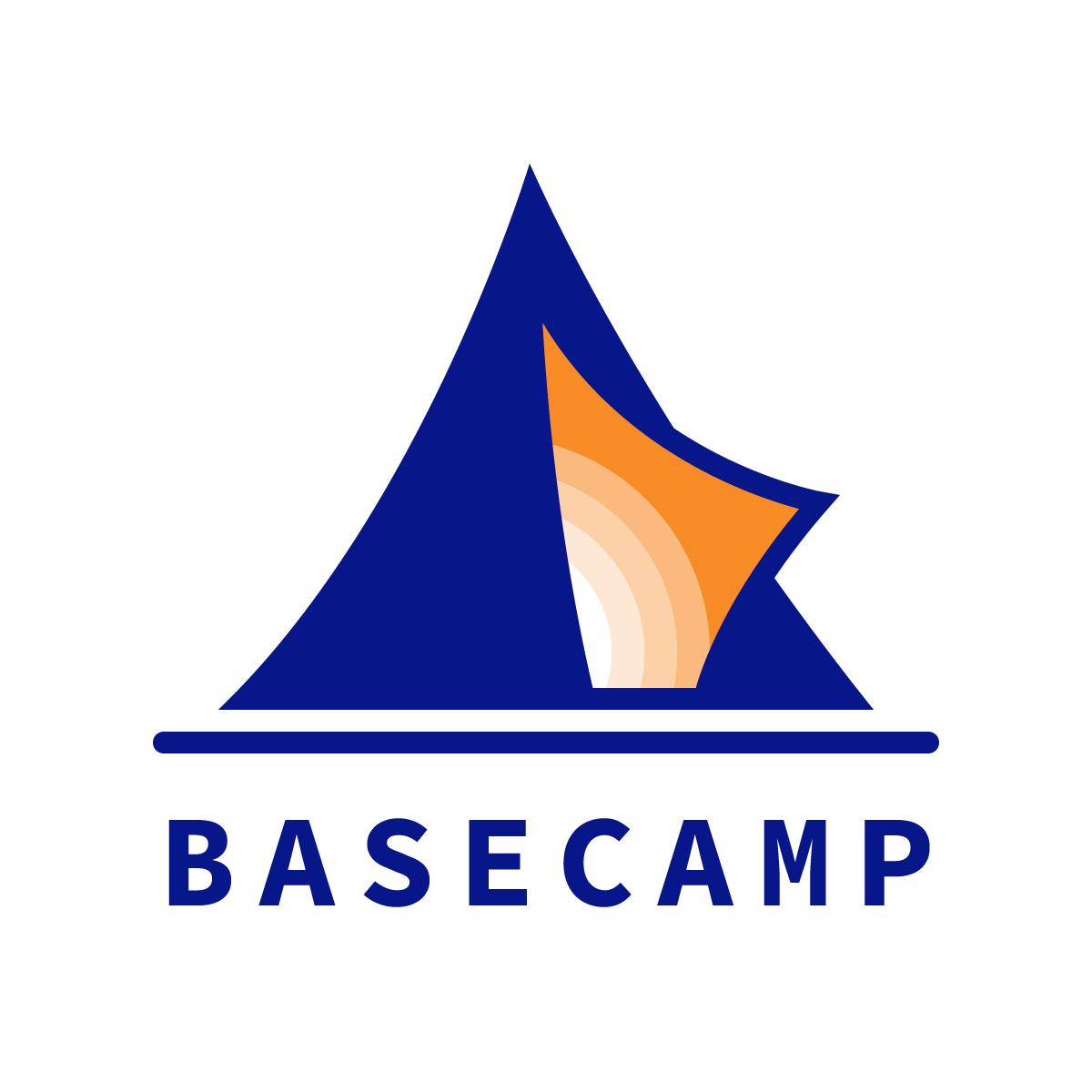Future of Learning Top Reads for week of October 16 2017
Photo by "My Life Through A Lens" on Unsplash
If you want to sketch the contours of the future of learning, these 2 articles and this 1 special contribution can help you sense the shape of where learning will (or should) go next:
***
"Inside the Incubators: The Anatomy of a University Innovation Team," by Alison Dulin Salisbury / @amdulin, in EdSurge News
"These examples represent universities that have committed substantial resources to reimagining their future. Not all universities need a dedicated team of this size—but they do need a team with the right alignment of goals and roles."
Why does this matter to the future of learning? While this piece deals with innovation in higher education, the lessons apply to K12 settings too. First and foremost, a school must constantly focus on alignment: alignment of Mission; alignment of Vision; alignment of Culture--all of which need to be supported through alignment of resources (as the quote above states). If your school says that a particular innovation is important, then your school needs to devote the resources--human, financial, etc.--to fulfill the promise of that innovation. In the future, schools that thrive will innovate through constantly asking whether they are aligned across Mission > Vision > Culture. (For a superb long read on this theme, I cannot say enough good things about Creativity Inc., by Ed Catmull, who tells the story of Pixar's sustained leadership in storytelling.)
***
"Lessons from School Leaders – an IDEO reflection," by Becky Lee / @rebeccalilian0, on the MISBO Blog
"Perhaps most importantly in this case, design thinking brings a bias to action and a practice around experimentation, creating proof points that help move things forward without burning the whole house down."
Why does this matter to the future of learning? As the Ed:Future blog has consistently reported, the independent school business model is not viable long-term. Several innovative schools, in partnership with IDEO, have begun to prototype different solutions to that dilemma. (For one example, see this innovation case study of the Hillbrook School in Los Gatos, CA.) The key here is IDEO's signature approach to design thinking, which calls for a "bias toward action and a practice around experimentation." In the future, schools that thrive will constantly run innovation experiments to ensure their viability and "thriveability."
***
Our third contribution this week isn't an article, but rather a kind of vision statement that I stumbled on during a recent visit to Fordham University:
"Cura Personalis," by Rev. Joe McShane, SJ, President of Fordham University
When you put it all together, what is a Jesuit education all about?
It is about nothing less than empowerment and transformation.
And this is the way in which the transformation takes place:
Cared for, our students are challenged.
Challenged, they awaken to their true potential.
Awakened, they are transformed.
Transformed, they are empowered.
Empowered, they emerge from their experience at the University as recognizable Jesuit graduates: they are men and women of competence, conscience, and commitment to the cause of the human family.
They become men and women with a difference--and men and women who make a difference in the world.
Schools that thrive have always been crystal clear about the change they seek to make through their students. What is your Vision for student transformation?
***
Do you know someone who would find the Ed:Future blog worthwhile reading? Please let them know that they can subscribe here.

